Encountering problems with your vacuum conveyors? Don’t worry—many common issues can be diagnosed and fixed quickly with some basic knowledge and a systematic approach. This DIY guide provides step-by-step troubleshooting for frequent problems like insufficient suction, material not discharging, and rapid filter clogging. Empower your operations with these practical, cost-effective solutions.
Q1: Why is There Insufficient Suction in My Vacuum Conveyors?
A: Low suction power is a common issue, often caused by several factors. Follow these steps to identify and resolve the problem:
Check for Air Leaks: Inspect all hoses, connections, and the material inlet seal for cracks, wear, or improper fitting. Even a small leak can significantly reduce suction. Listen for hissing sounds and seal any leaks found.
Inspect the Filter: A clogged or damaged filter is a primary cause of poor suction. Check the filter element. If it’s dirty, clean it according to the manufacturer’s instructions. If it’s damaged or heavily coated, replace it immediately.
Examine the Discharge Valve (Dump Valve): Ensure the discharge valve at the bottom of the material receiver is closing completely and sealing tightly after each conveying cycle. A valve that doesn’t seal properly will allow pressure to escape.
Verify Power Source Settings: Ensure the compressed air supply (for pneumatic units) is set to the correct pressure (e.g., 6 bar) and that the supply line is of adequate diameter. For electric pumps, ensure they are receiving the correct power supply and are functioning correctly.
Check the Vacuum Pump: Listen to the pump. Unusual noises might indicate a fault. For pneumatic pumps, check the venturi nozzle for wear or blockage and clean or replace it if necessary.
Q2: Why is the Material Not Discharging from the Receiver?
A: If material loads into the receiver but fails to discharge into the downstream process (e.g., a hopper or mixer), follow these checks:
-
Inspect the Discharge Valve: The most common cause. Ensure the valve is opening fully during the discharge cycle. Check for mechanical obstructions, material buildup, or pneumatic issues (e.g., a faulty solenoid valve) preventing its operation.
-
Check for Material Bridging: In the receiver bin, certain powders can form bridges or arches over the discharge outlet, preventing flow. Gently tap the side of the receiver or use a mechanical vibrator (if equipped) to break the bridge.
-
Review Control Settings: Verify the timer settings on the control panel. The discharge time might be set too short, not allowing enough time for all material to empty from the receiver before the next suction cycle begins.
-
Check for Obstructions: Manually inspect the discharge path and the inlet of the downstream equipment for any blockages.
Q3: Why Does the Filter Clog Too Quickly?
A: Rapid filter clogging leads to downtime and lost productivity. It’s often related to material characteristics or operational practices.
-
Review Filter Material & Type: Ensure you are using the correct filter material (e.g., polyester, sintered) and pore size for your specific material. Fine, oily, or moist powders require specialized filter media.
-
Check Reverse Jet Cleaning System: The automatic filter cleaning system is crucial. Ensure the compressed air pressure for the cleaning pulses is high enough (typically 6-7 bar) and that the solenoid valves are firing correctly. Listen for a strong, regular “puff” sound.
-
Evaluate Material Characteristics: Very fine or hygroscopic (moisture-absorbing) materials tend to blind filters quickly. If the material is damp, address the source of moisture. Consider using a filter with a dedicated surface coating (e.g., PTFE) designed for difficult materials.
-
Avoid Overfilling: If the receiver is overfilled, powder can be pulled directly into the filter, causing immediate and heavy clogging. Adjust the level control or timer settings to prevent overfilling.
-
Establish a Regular Maintenance Schedule: Don’t wait for the filter to clog completely. Establish a routine for inspecting and cleaning filters based on your operational experience.
Important Safety Note
Before attempting any inspection or maintenance, always disconnect the vacuum conveyors from all power sources (electrical and pneumatic). Follow Lockout-Tagout (LOTO) procedures to ensure zero energy state. Allow the system to fully depressurize.
When to Call a Professional
While these tips solve most common issues, some problems require expert attention. Contact our technical support team if you suspect:
-
An internal failure of the vacuum pump.
-
Complex electrical or control system errors.
-
The issue persists after following all recommended checks.
By performing these simple checks, you can minimize downtime, increase productivity, and extend the life of your vacuum conveyors. For genuine spare parts or expert advice, always rely on us, your trusted manufacturer.
Contact us
Tel: +86 13837339270
E-mail: tzmachinery066@gmail.com
Official website: hntzmachinery.com



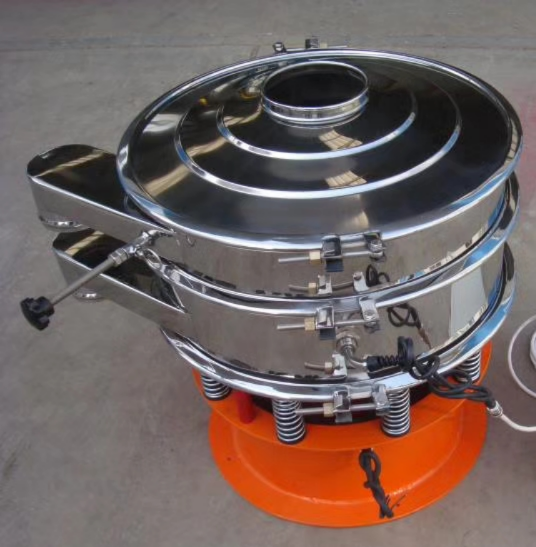
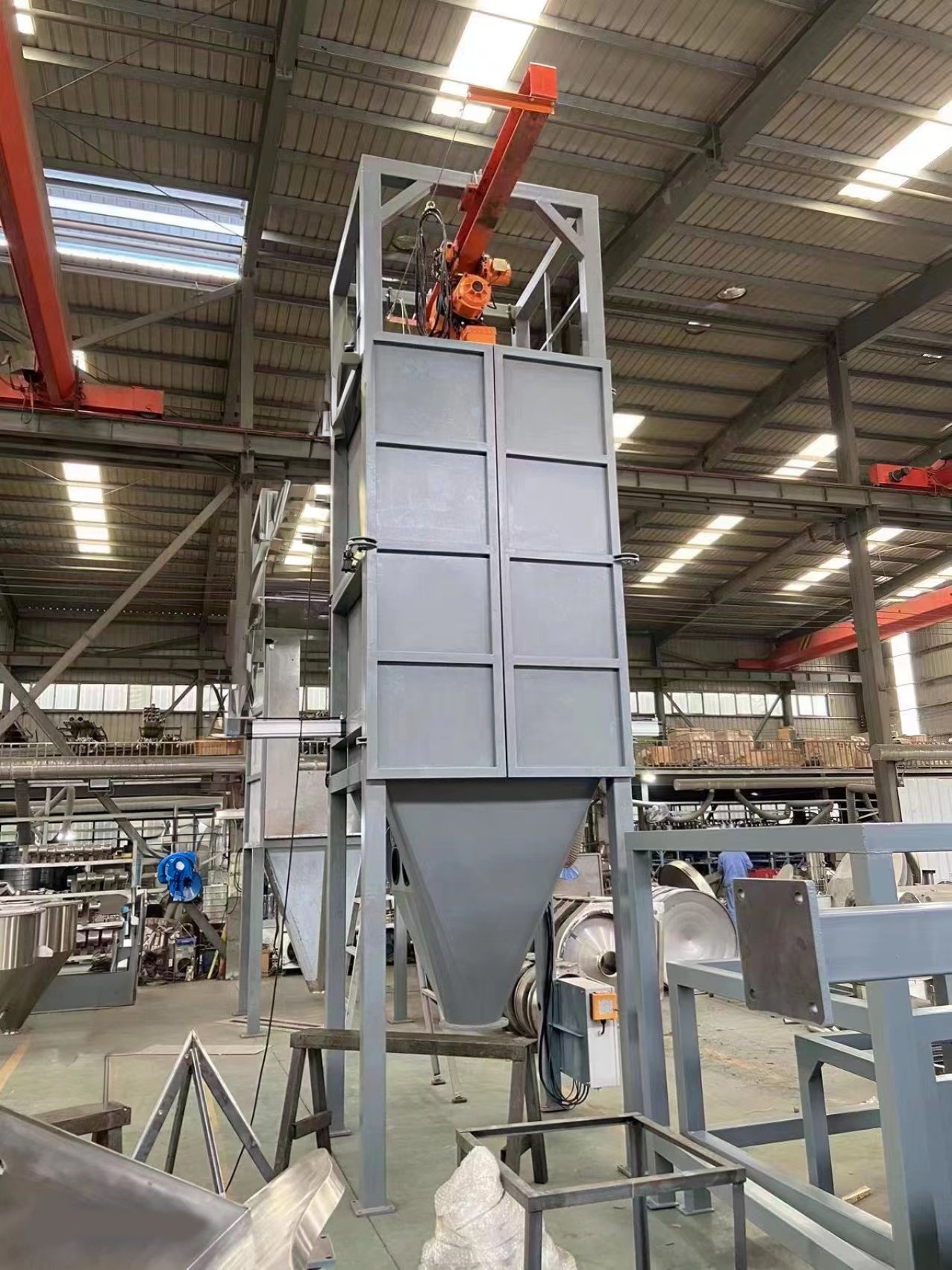
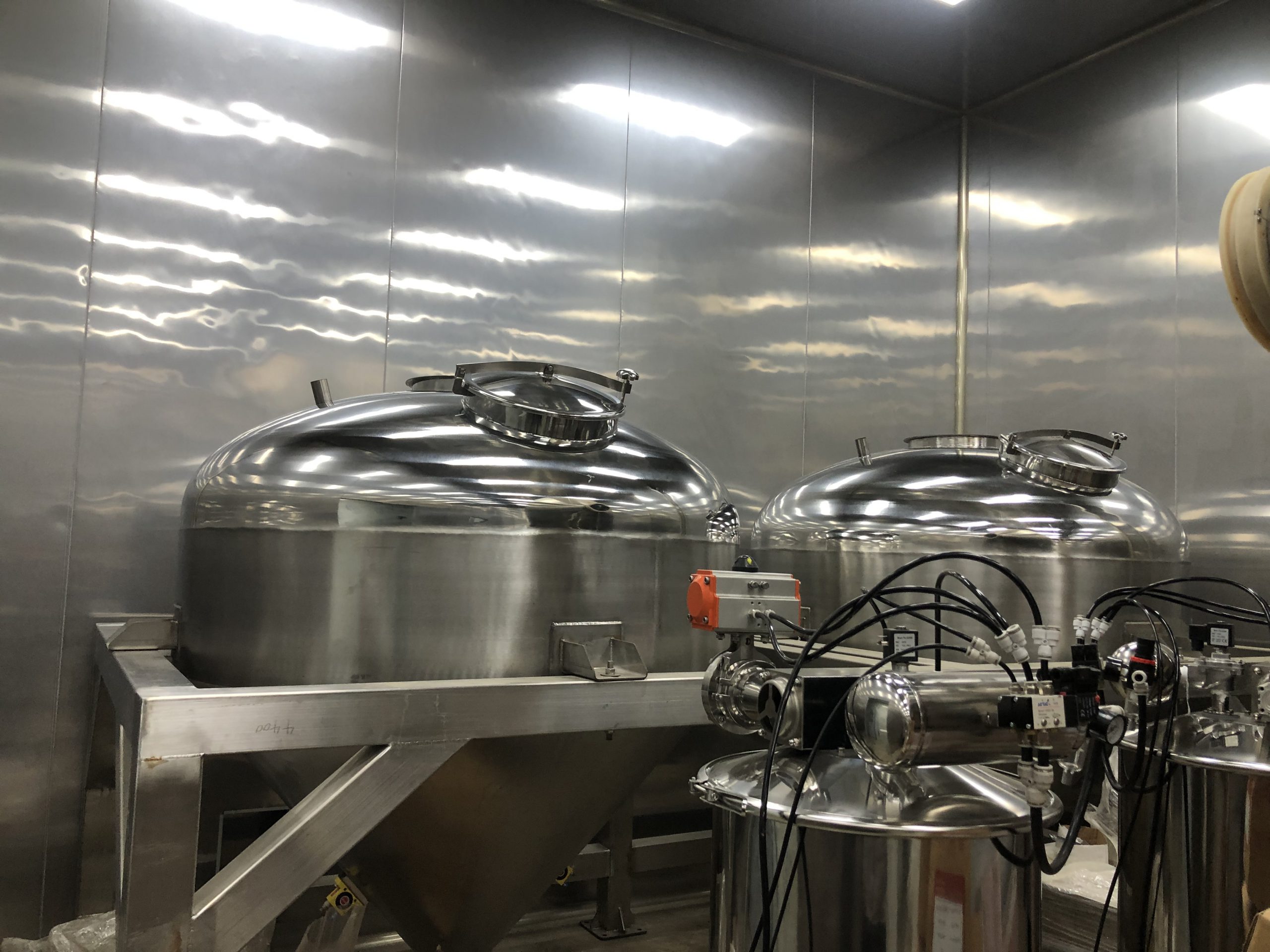
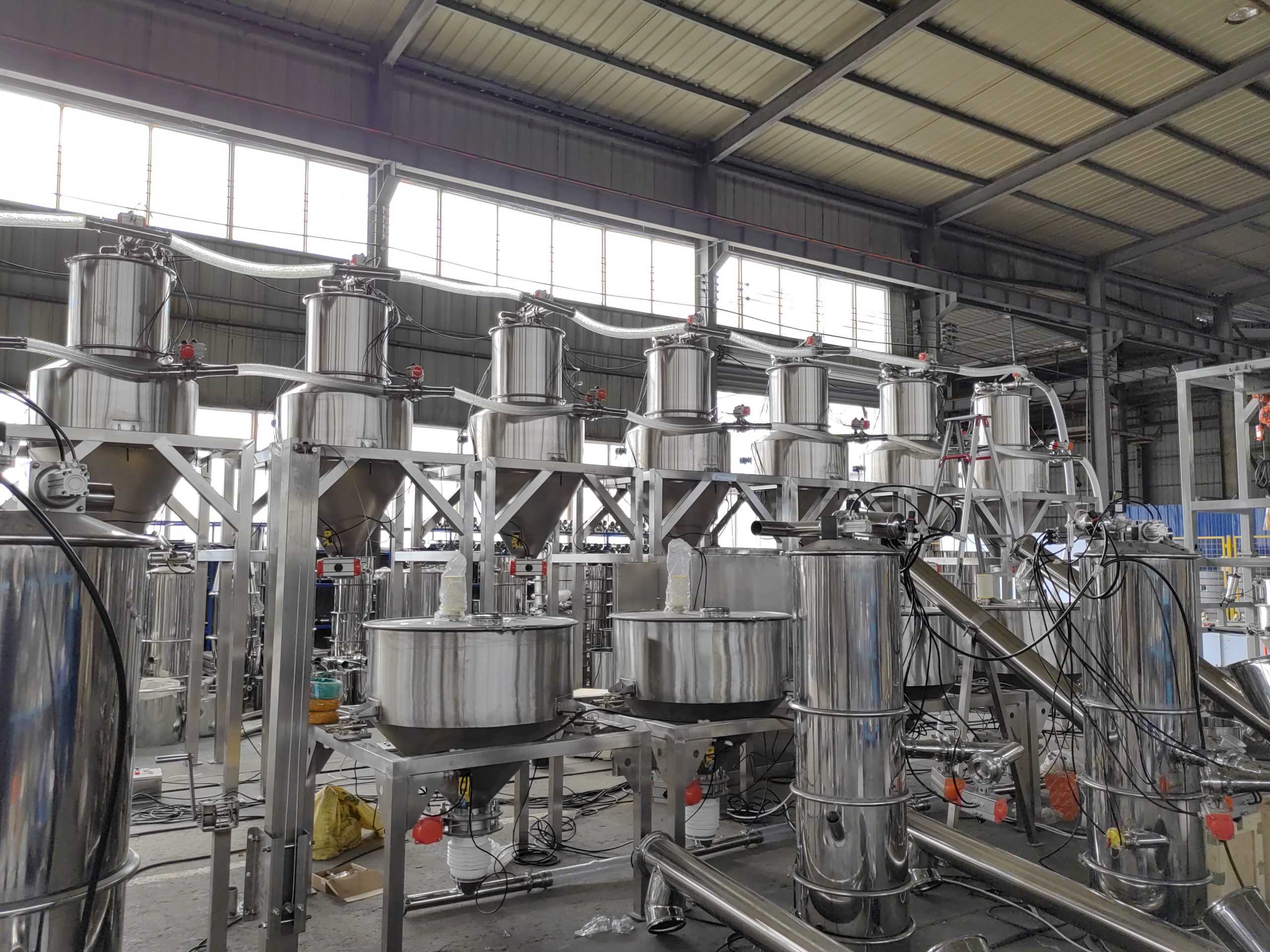
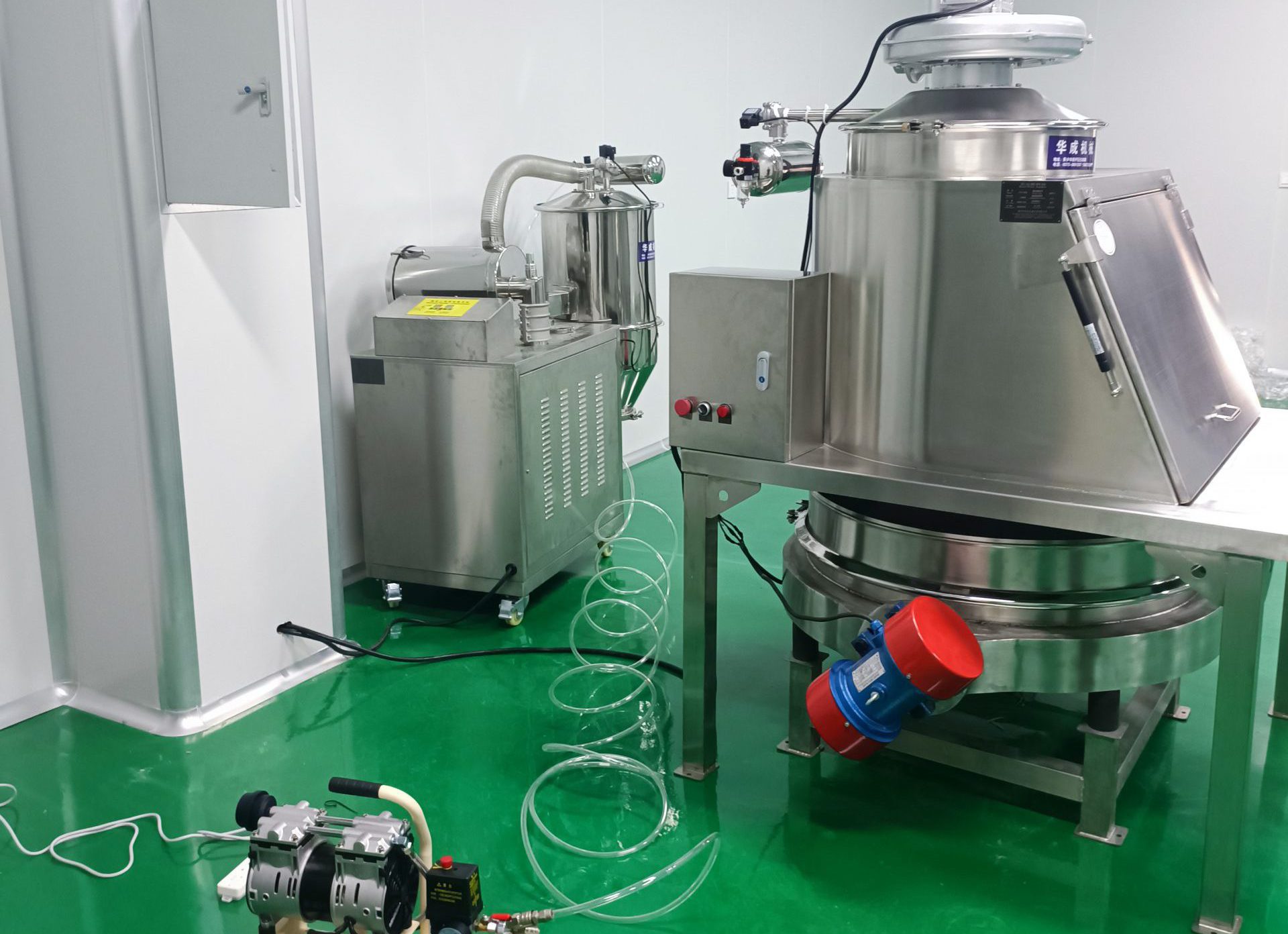
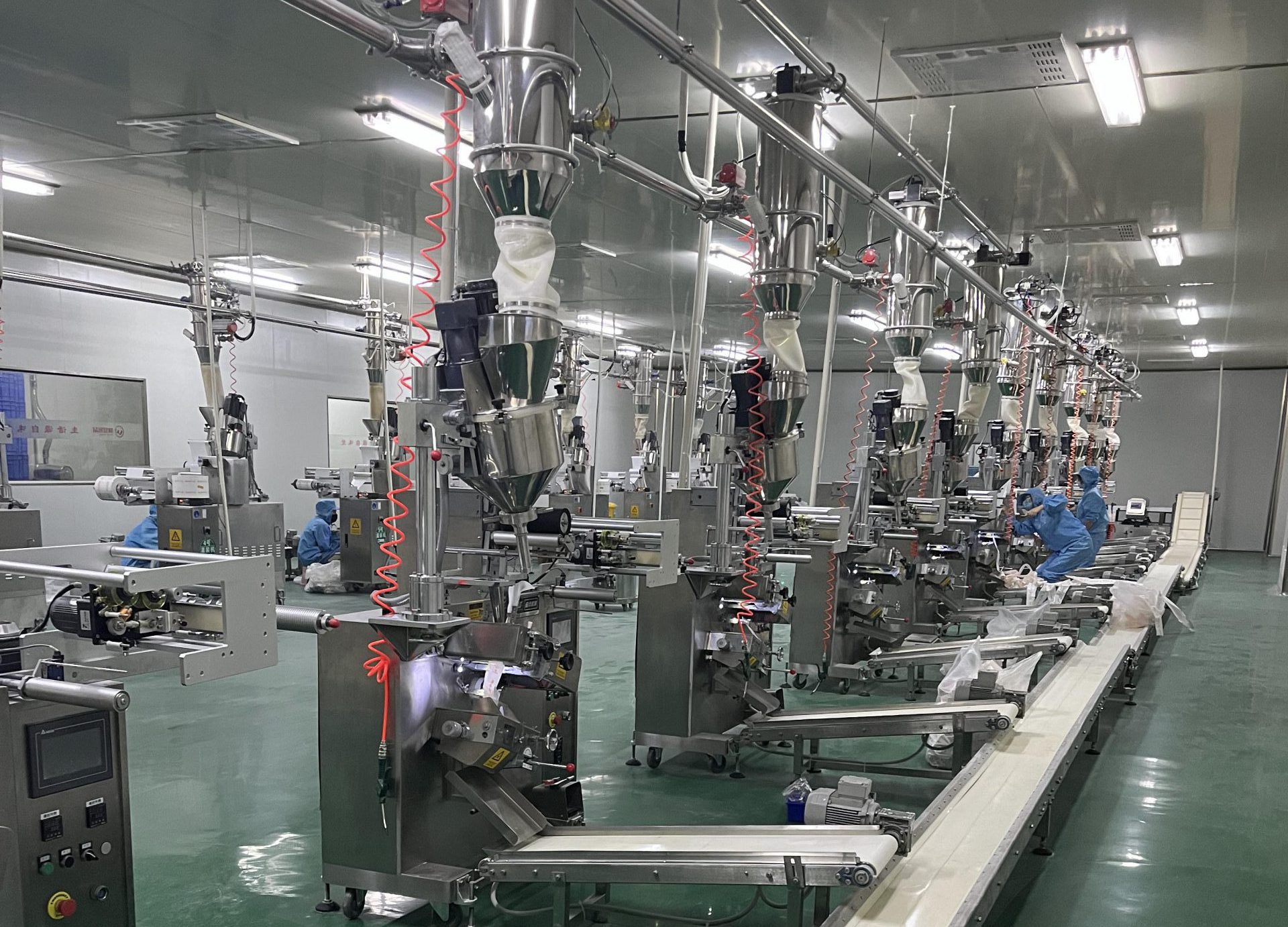
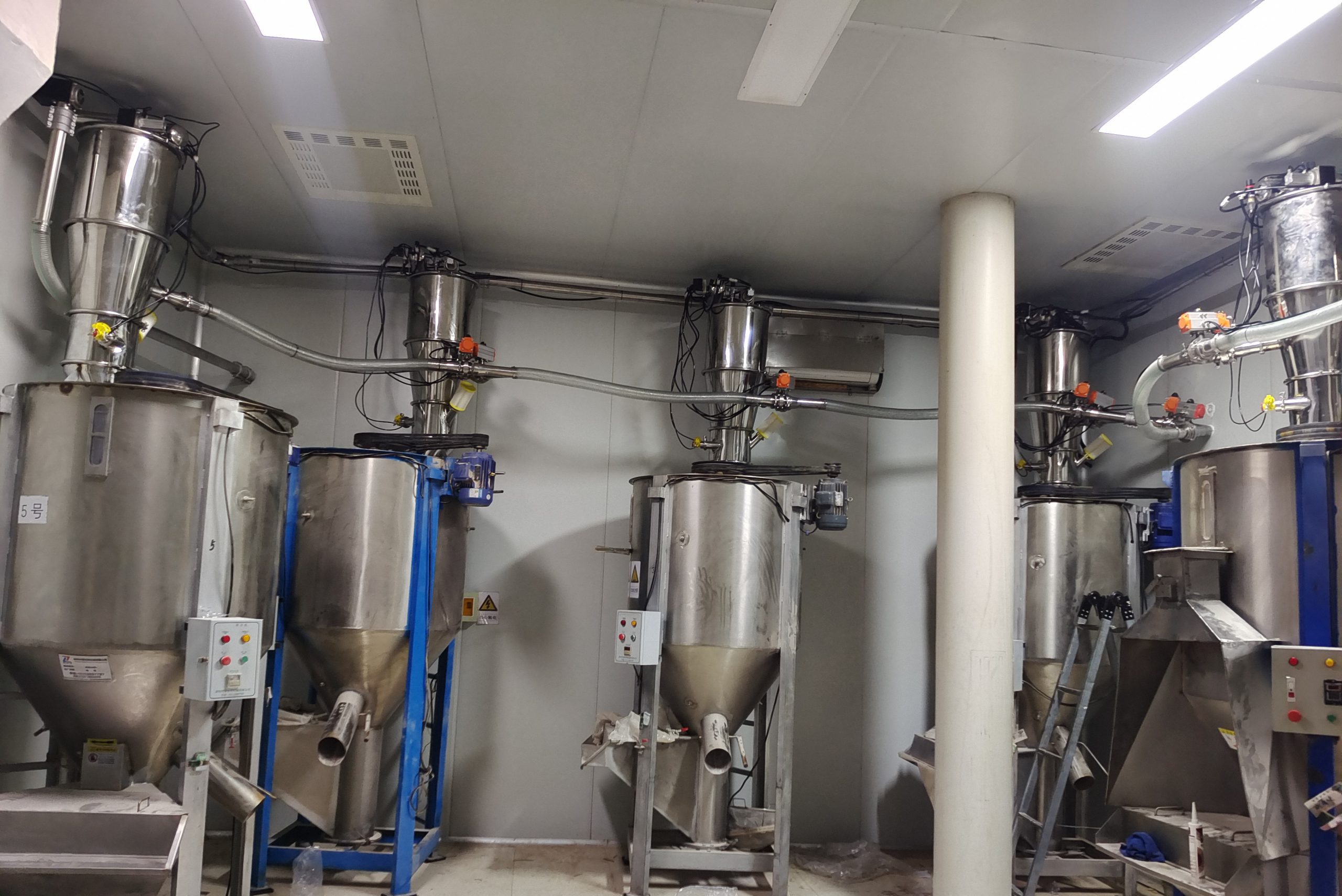
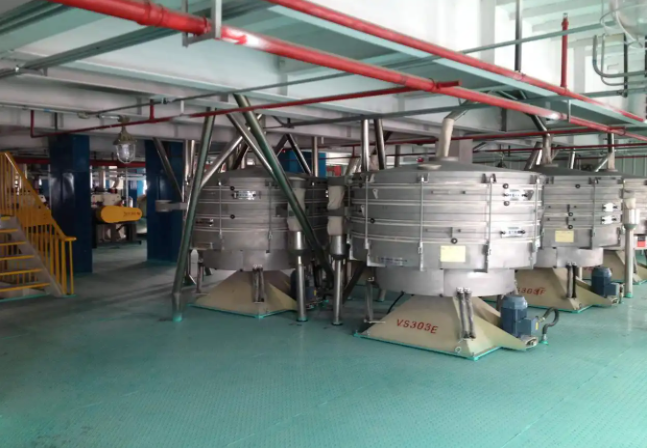
leave a Message